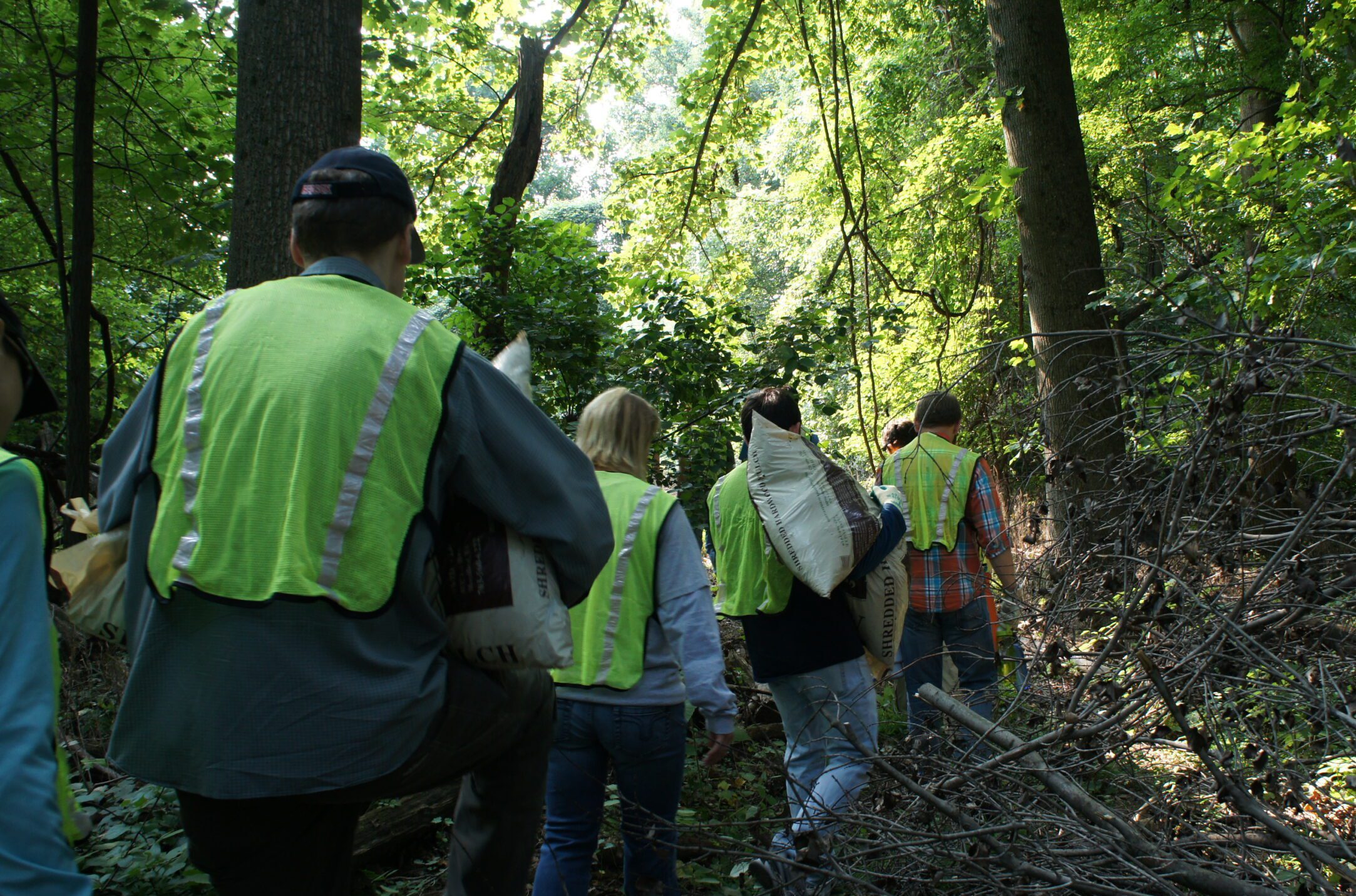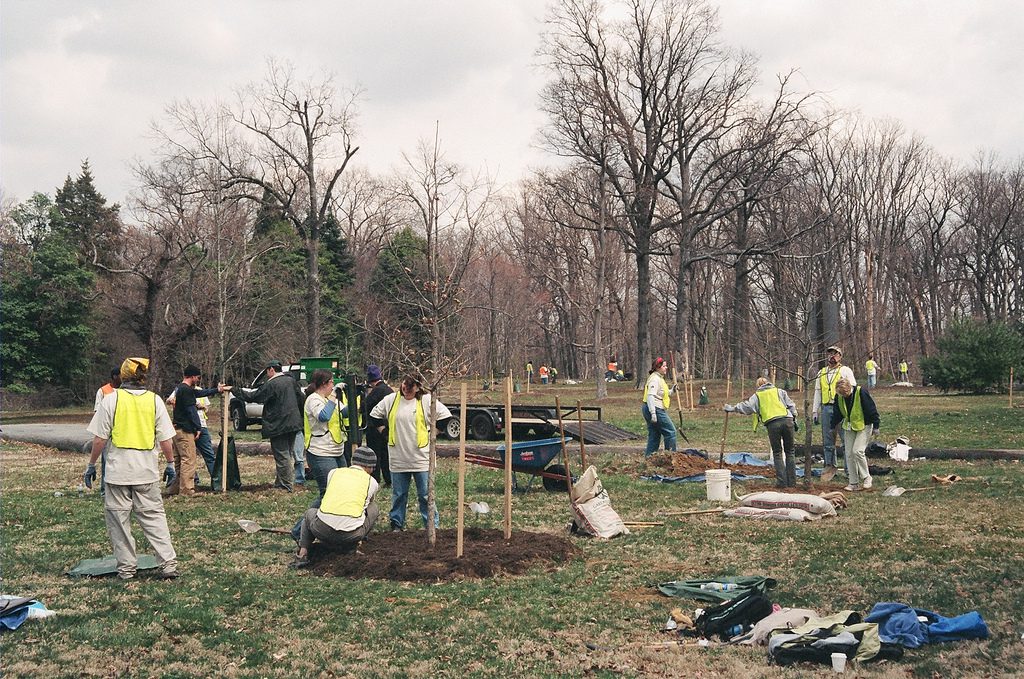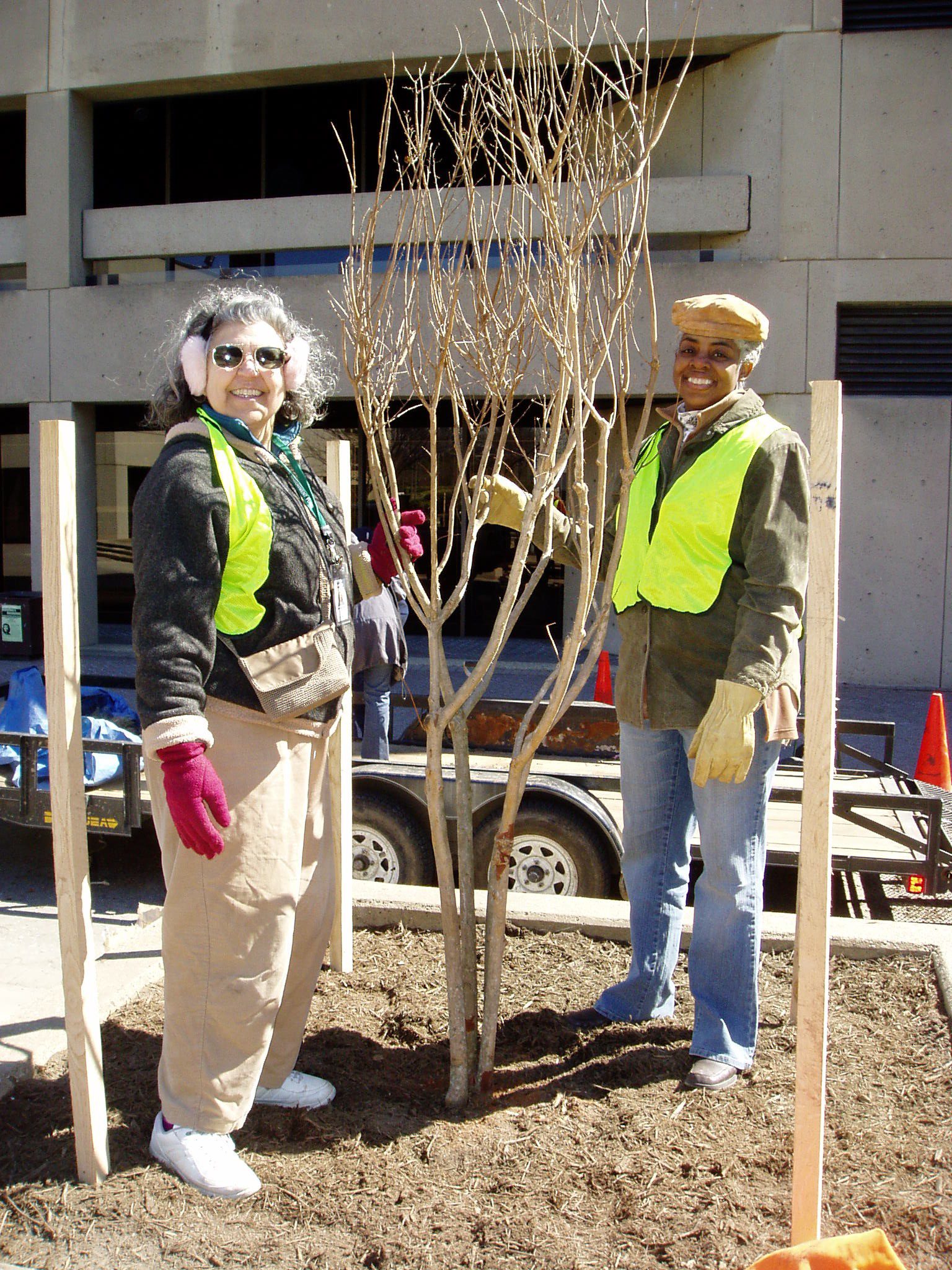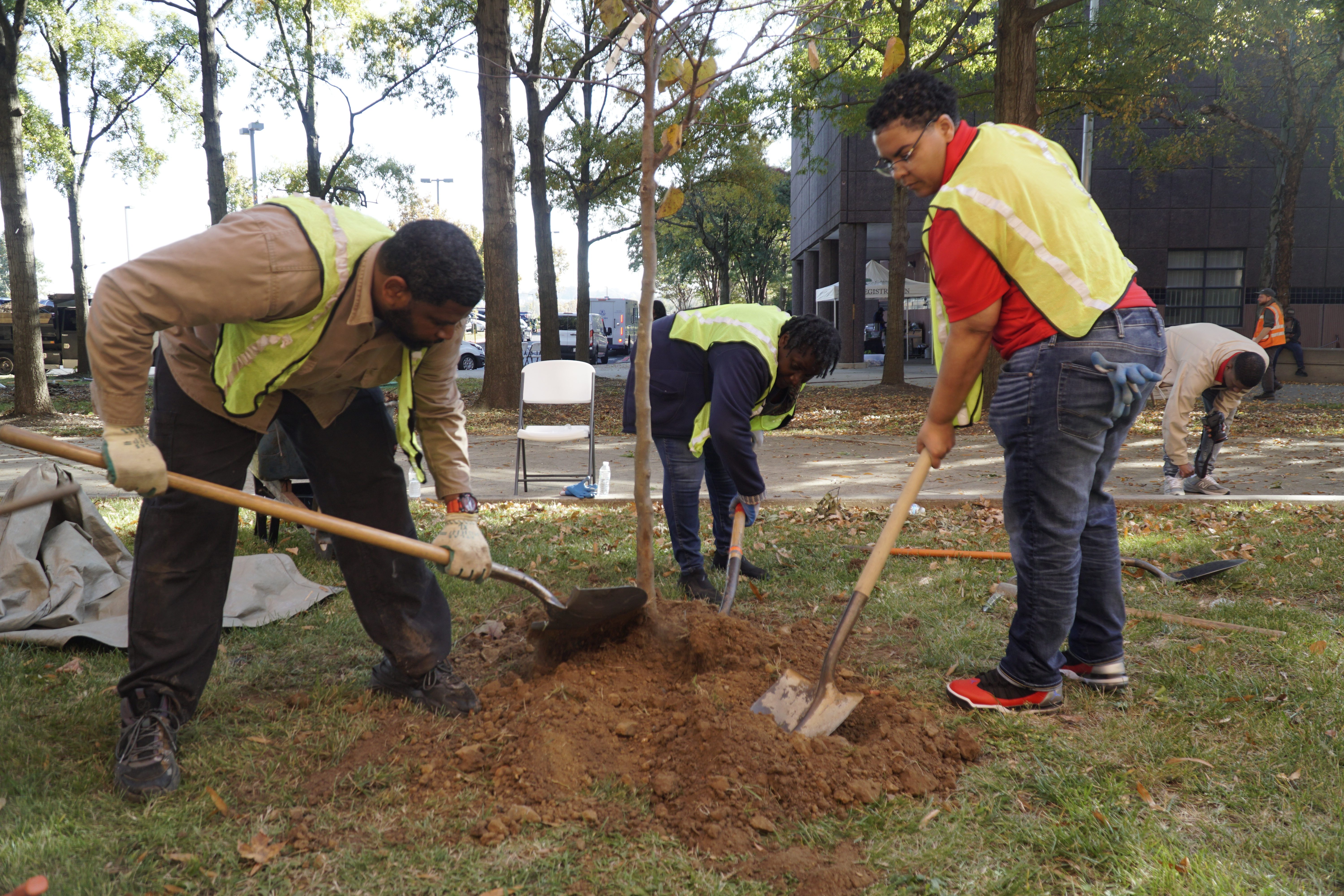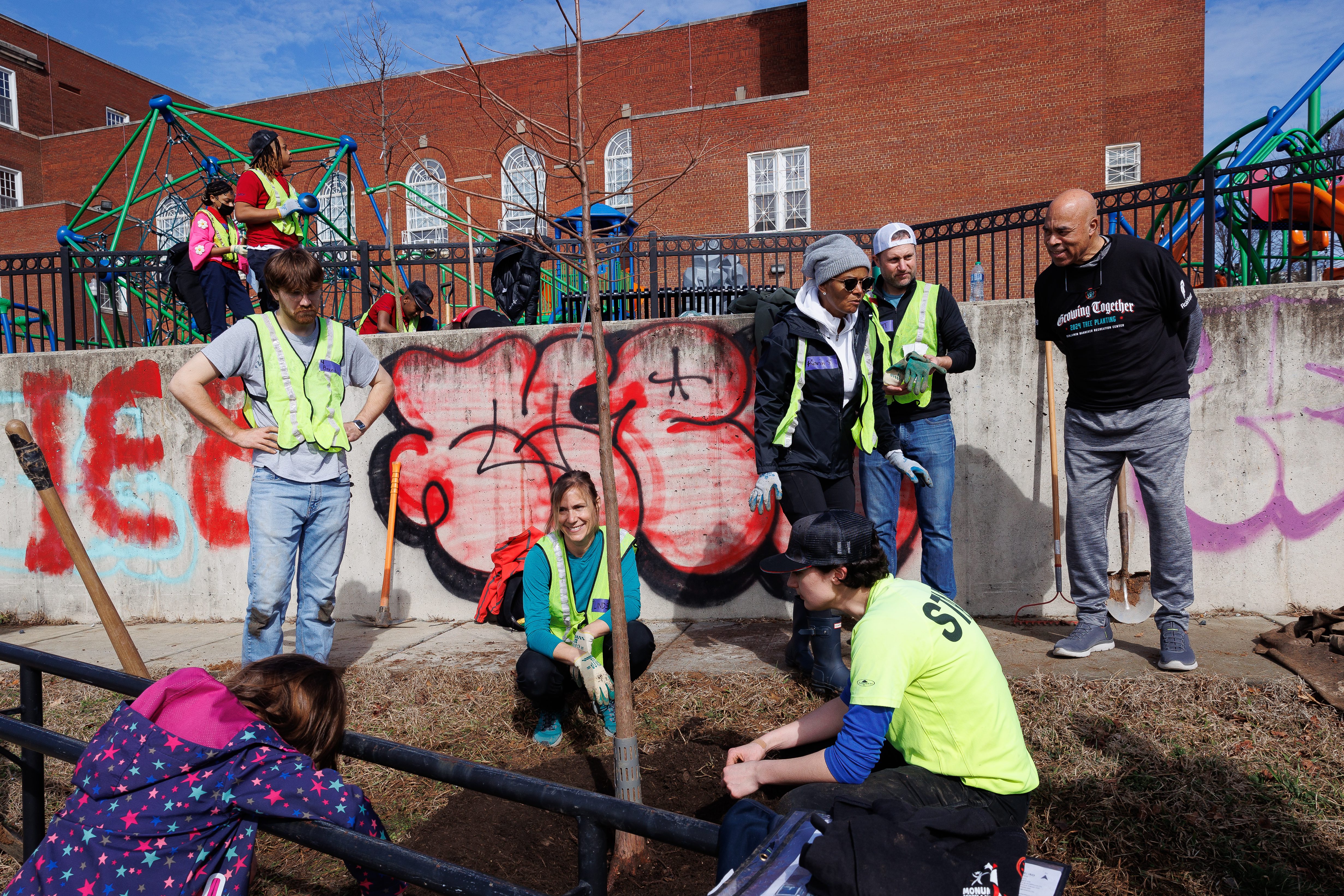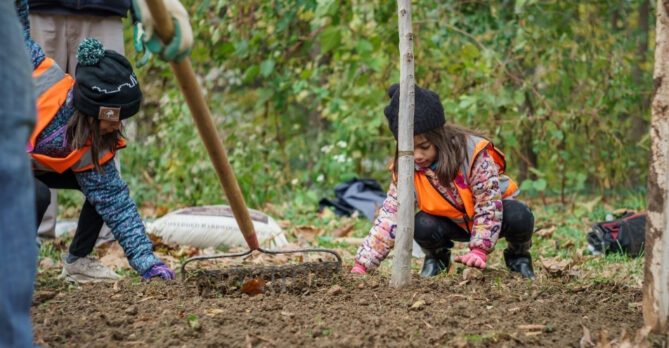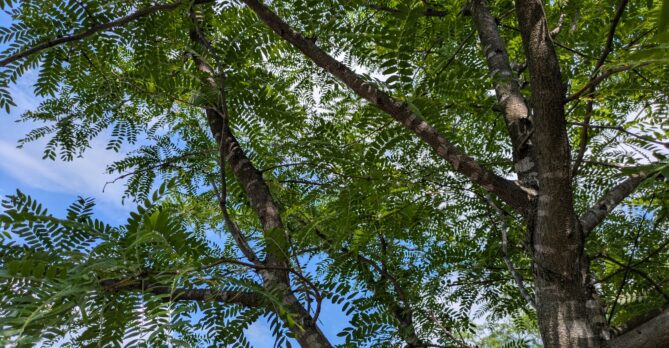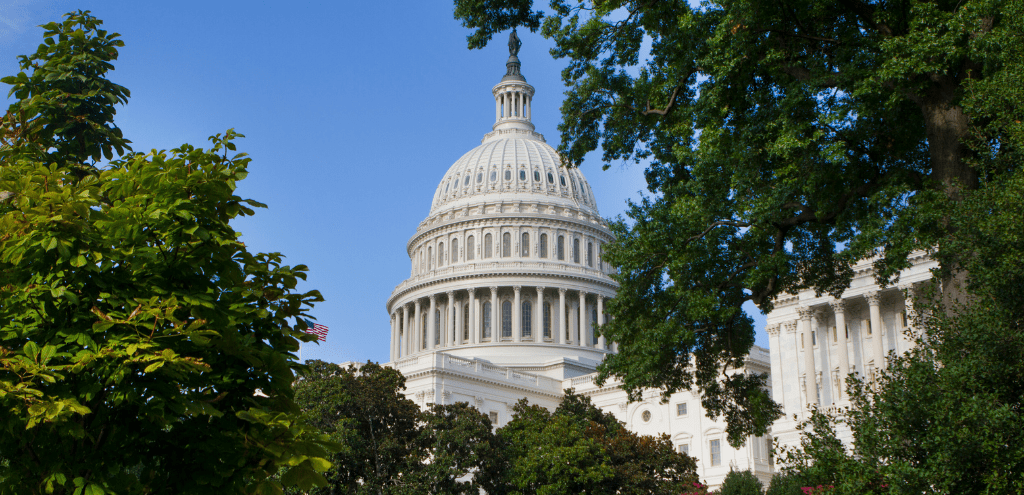
It is unlikely the word “federalism” enters your daily vocabulary, and most people haven’t thought about the concept since their 7th grade civics class. But in the nation’s capital, with a rich tapestry of federal and local entities interacting in unique (and sometimes mind-boggling ways), we experience the effects of a federalist system more than most.
For those trying to recall their civics knowledge, federalism is a mode of government that combines a central or federal government with regional governments (state, county, city, etc.) into a single political system, dividing powers between the two. Only about 27 countries in the world are federalized, accounting for less than half the world’s population. The concept is as old as the city-states of ancient Greece, but in America, harkens back to James Madison’s Federalist Papers and the founding of the U.S. Constitution. And this federalist structure permeates how all things in government operate, including who owns and operates land across the country.
In Washington, DC, this plays a big role in how much tree canopy we see across the city. From federal parks to private backyards, the type of land ownership impacts how green our city is. Understanding these differences helps us identify where more trees are needed and where Casey Trees, along with government agencies, can make a difference. Using openly sourced data and public information, our GIS (geographic information system) professionals took a deep dive into understanding where our canopy grows across our federalized landscape (analysis does not include roadways or waterways).
Federally owned and federally operated lands have the highest tree canopy coverage, with about 54% of these areas shaded by trees. This isn’t surprising when you consider that some of DC’s largest green spaces, like Rock Creek Park, Fort Dupont Park, and the National Arboretum, fall under this category. This is also a large percentage of DC’s overall land area, as roughly 25% of DC land is federally owned. These areas are naturally rich in tree cover because they are designed to be parks and natural reserves, offering a breath of fresh air right in the heart of the city.
On the other hand, federally-owned but District-operated lands have a slightly lower tree canopy, around 43%. These lands are still relatively green, but not as much as the federally operated ones. The difference might come from the fact that these lands are often used for purposes other than parks, such as schools or public buildings, where there’s less space dedicated to trees. One place that you may not realize operated under this flag is the University of the District of Columbia (UDC). It’s also important to note that because so much of the land in DC is federally owned, a lot of these spaces are shared or spliced into jurisdictions where the District has only partial control. Some shared areas that are only partially federally-owned and District-operated include Poplar Point and Fort Reno.
District-owned and operated lands show the lowest tree canopy coverage, with just 21% of these areas covered by trees. This means nearly 80% of these lands are without tree cover, which isn’t due to a lack of effort. As we said, federally owned and/or managed land is the majority here in DC, meaning that there’s significantly less physical space that is District-owned and operated. On top of that, these lands often include public buildings and other infrastructure-heavy areas where trees might not have been prioritized in the past. But with the right focus, these areas could be transformed into greener spaces that benefit everyone in the community. Some District-owned and operated lands include the DC Department of Corrections, RFK Stadium, Banneker Recreation Center, and Plummer Elementary School (one of the highlighted locations of the 2023 Tree Report Card).
Private lands, which include all properties that don’t fall into the other categories, have a canopy coverage of about 32%. While this is better than District-operated lands, it still leaves nearly 68% of private lands without trees. This category covers everything from residential yards to commercial properties, where decisions about tree planting are made by individual owners. The challenge here is encouraging and supporting more private landowners to plant trees, making their spaces greener, and helping the overall tree canopy of DC. This means that everyone plays a part. It comes down to individuals who advocate for and even plant trees, starting at home. Remember that we plant FREE trees for homeowners, but the first step is reaching out.
At Casey Trees, we’re planting trees wherever we can, but we know there’s still room for more. We see big opportunities, especially in District-owned areas, where more trees could make a huge difference. We’re ready to partner with government agencies to help bring more trees to these places, ensuring that all Washingtonians can enjoy the benefits of a greener, healthier city.
